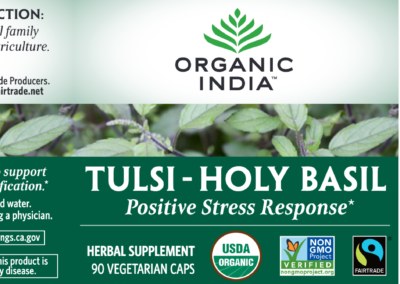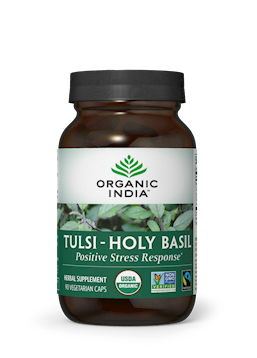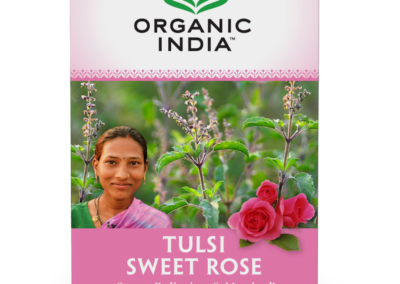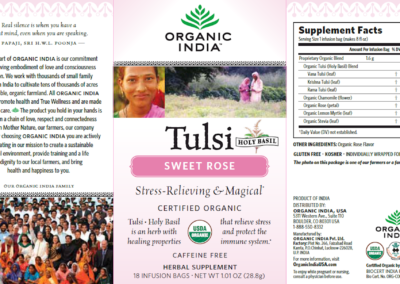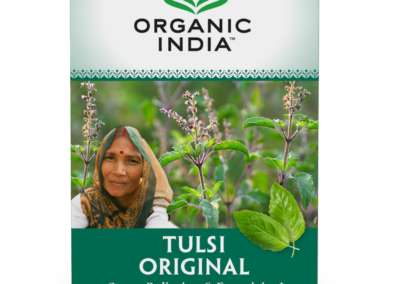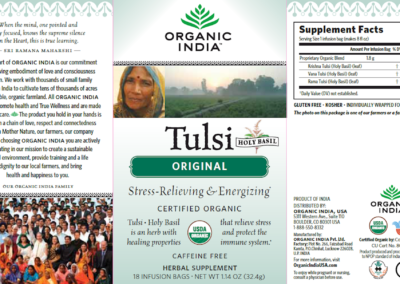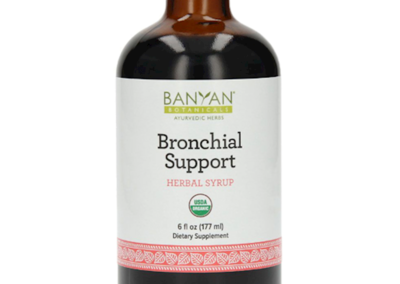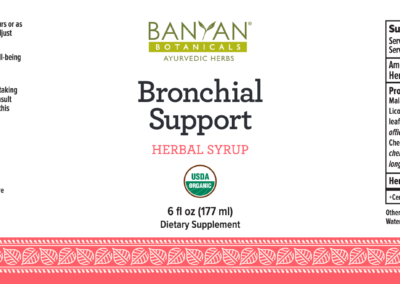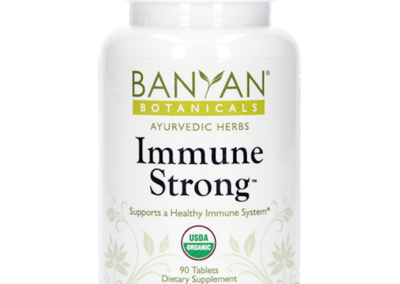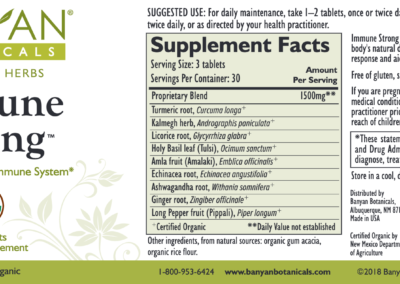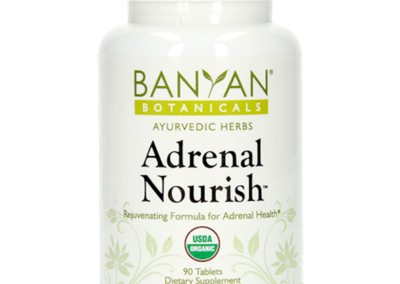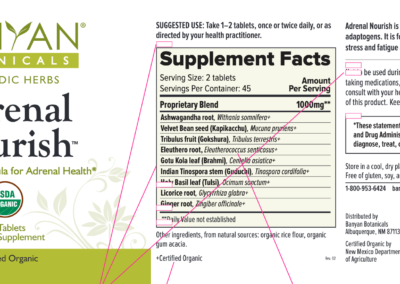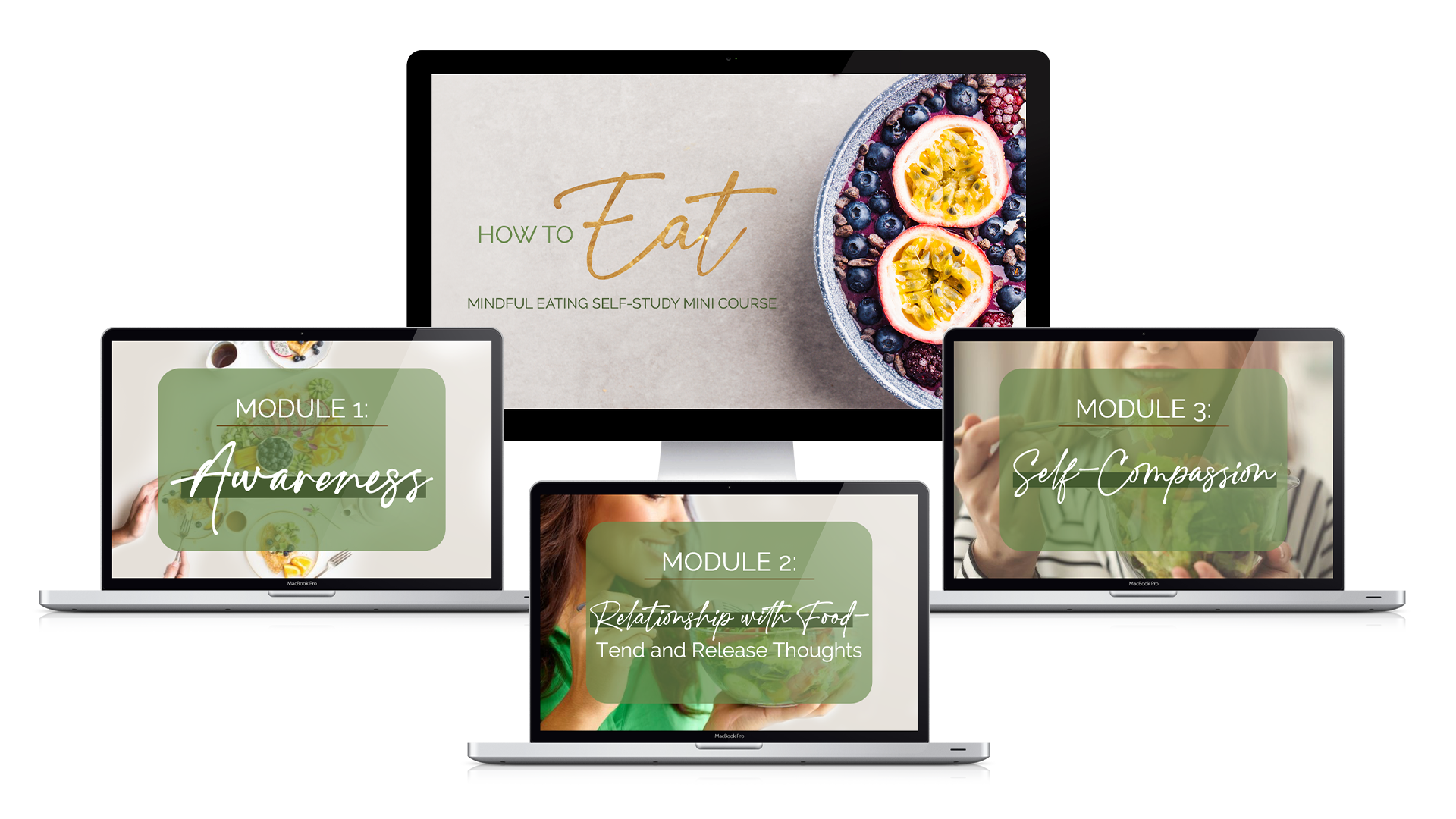
Apple Butter Recipe
I’ve never made an Apple Butter Recipe for those seasons of just too many apples. ‘Til now. It was sensory. The house was filled with the tangy-sweet spice of a concentrated apple pie. It was almost overwhelming. Blissful.
Do it on a weekend, or when you have a couple of days, because this is not a quick recipe. I made mine on a glorious sunny golden two days in early October. The year prior, we’d had an unfortunate spring storm that knocked the apple blossoms off every tree. We wondered if we’d ever have apples again. Well, this year – stand back, friends. We are inundated. We appreciate the bounty and are savoring a bumper crop this year.
Here in the rolling hills of the Berkshires of Western MA, apple trees are everywhere. They grow in people’s yards, along the edges of fallow fields, in almost every forest. Did Johnny Appleseed plant them? I choose to think so. These are heirloom apples – old stock. They are small, sometimes crab-apple-like, or very mild tasting. Much more subtle than the big, bold apples in season that we modern Americans are used to.
What is Apple Butter?
Apple Butter is a rich, smooth, spiced jam-textured apple sauce. Cooks use a variety of apples – everyone seems to have a favorite combination – granny smith, honey crisp, or my favorite macoun (more an eating apple, for breakfast, with a big spoonful of peanut butter). I used a combination of cooking apples and some little guys from my yard.
How much of what type of sweetener is another big discussion in Apple Butter Recipe forums. Some recipes call for cups of both white and brown sugar. My aim with sweeteners, as with other drugs, is lowest effective dose. When you get to the step when you’ve got the smooth apple sauce-like product, that’s when you decide if, how much and what type of sweetener. I had honey and used just a bit, and a pinch of salt – creamy perfection!
Then, spices. I used whole spices and removed them – it gave a lovely colored end product. And lastly, storing. I canned mine in 8 oz jelly jars. Since I don’t can a lot, and this was some thick stuff, I will double-check for less air pocketing in the jars next time. These might hold for a week or so, but not for the year, due to that air pocketing.
Apple Butter Recipe
Equipment
- 1 Large bowl
- 1 Kitchen scale, if you have one
- 1 Heavy pot
- 1 Stovetop
- 1 Sieve or Food Mill
- 1 Set of measuring spoons and cups
- 1 Pairing & 1 Chef's knife
Ingredients
- 4 pounds apples Use a blend - or your favorite
- 1.5 cup water Some people use more
- 1/2 cup apple cider vinegar
- 1 lemon, juiced Use juice,compost lemon rind & seeds
- 2 sticks cinnamon use whatever spices you like - whole or ground
- 4-5 whole allspice
- 5-6 whole cardamon seeds
- 3 tsp local honey
- 1/2 tsp sea salt
Instructions
- Quarter apples (can slice smaller). Leave skin on, core in but seeds out.
- Place sliced apples, vinegar, water, and spices in a heavy pot. Bring to a boil for 2 minutes then turn down to medium, and cook, stirring and smushing, for 45 minutes to an hour or more, until apples are consistency of a thick apple sauce. You can do this step and then leave overnight.
- Either push through a sieve (to remove skins, cores, whole spices), or use a food mill. I found this step a workout!
- NOW the question of sweetener. Taste your product, get to know it a bit. Does it need a touch of sweet? Some cooks use brown sugar, I used just a bit of honey, and a touch of salt.
- Cook down until you reach a jelly-like consistency. Sometimes it turns a rich brown, but I aimed to keep it pink, so I stopped before it got to that stage. My consistency was velvety and delicious.
- Keep in the freezer in small containers, or can in jelly jars. This makes a really lovely holiday gift.
A few Apple Butter Recipe Tips & Visuals
Here’s what about 4 pounds (64 oz, I have 65 oz here) of apples looks like – it’s about 11 medium apples.

Cores in, seeds out, my friends. Apple seeds contain a compound composed of cyanide and sugar. If enough is consumed, it can kill you. So, seeds out. Here’s what my quartered apples look like as I begin to cook them.

Here’s what my apple mix looks like once it’s cooked down.

Pushing this mixture through a sieve was a workout, but it did make a beautiful, smooth product, and the crabapples gave it a gorgeous pink color.
I’m no great chef but I am a holistic nutritionist who likes to cook – check out my easy tasty healthy recipes, by visiting my Easy Healthy Recipes page.
All the very best,
Annie











